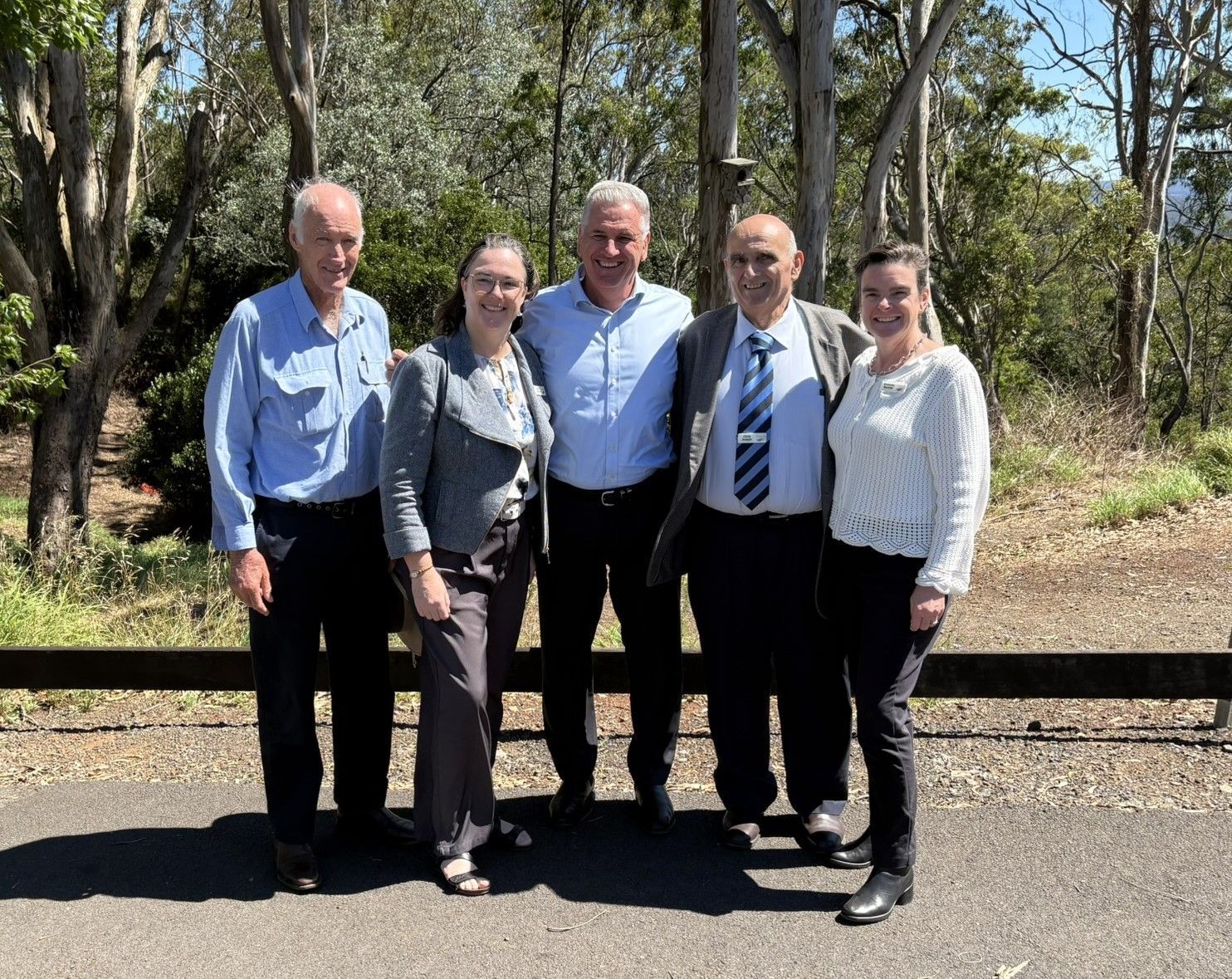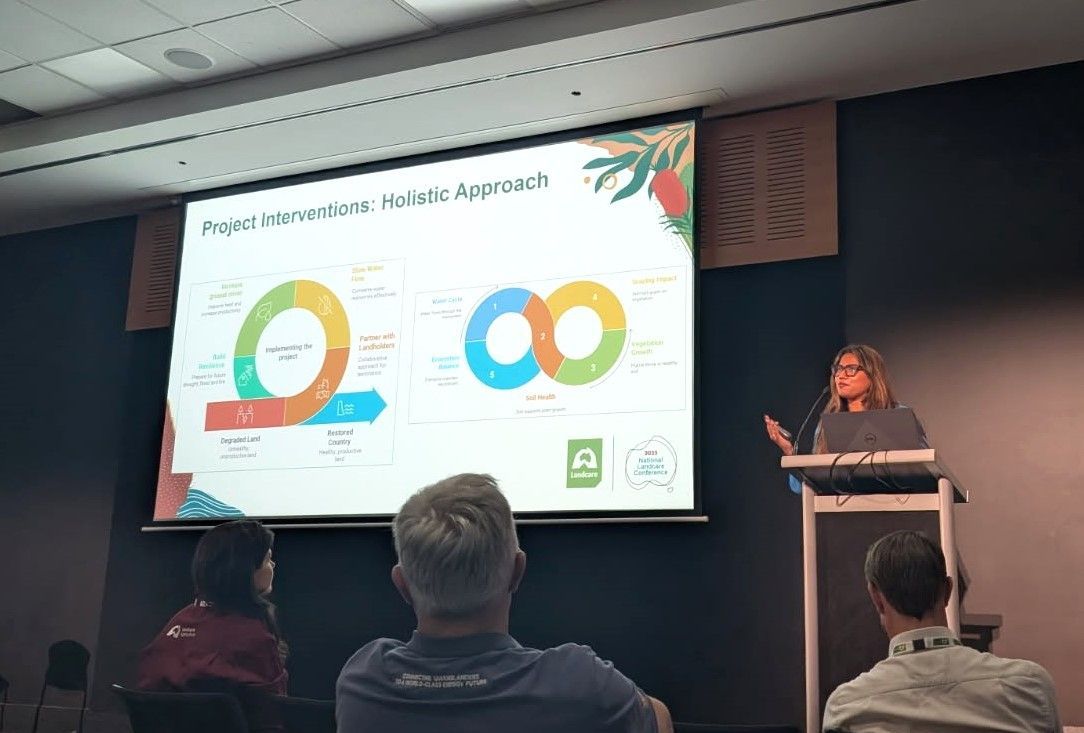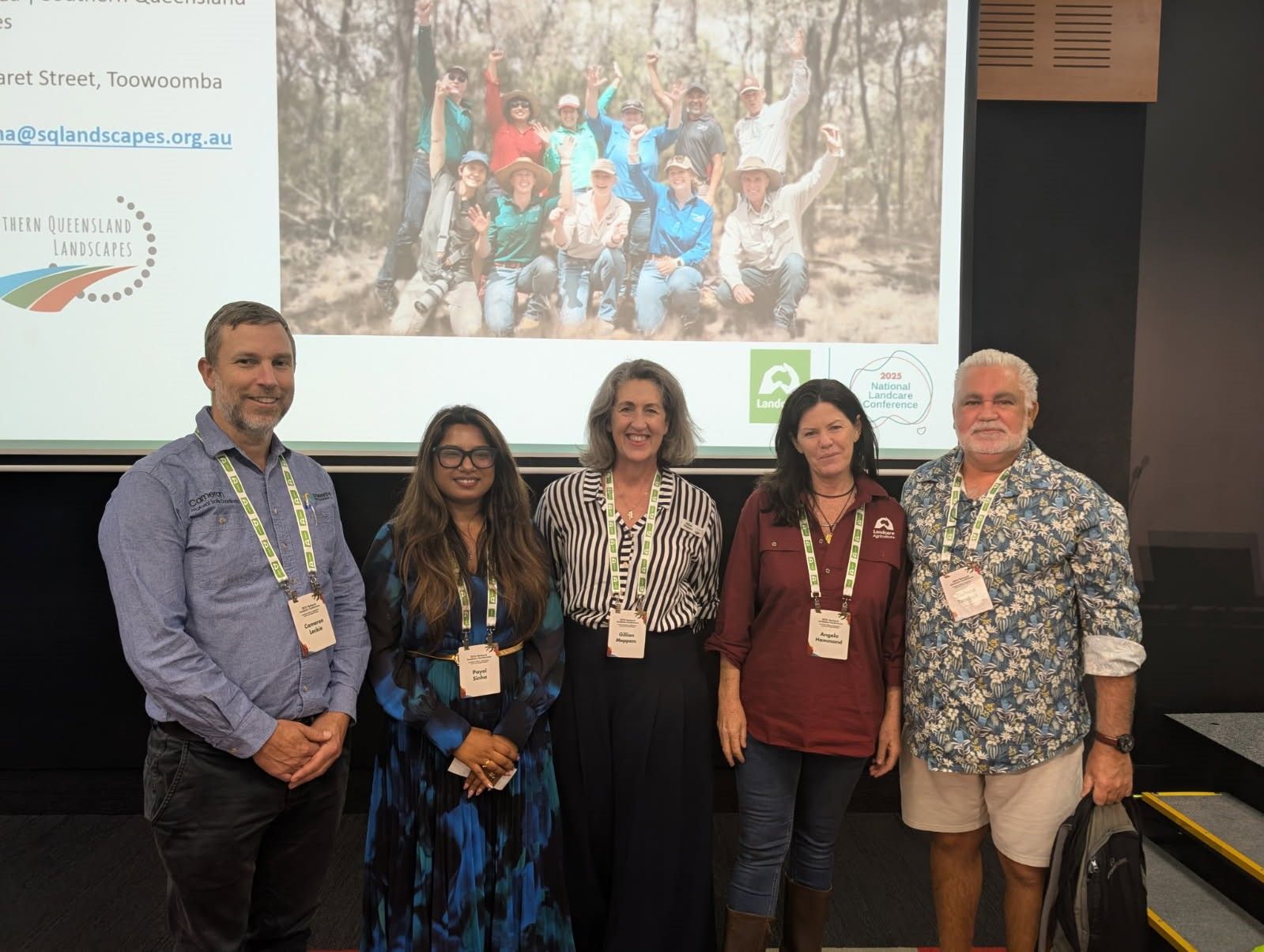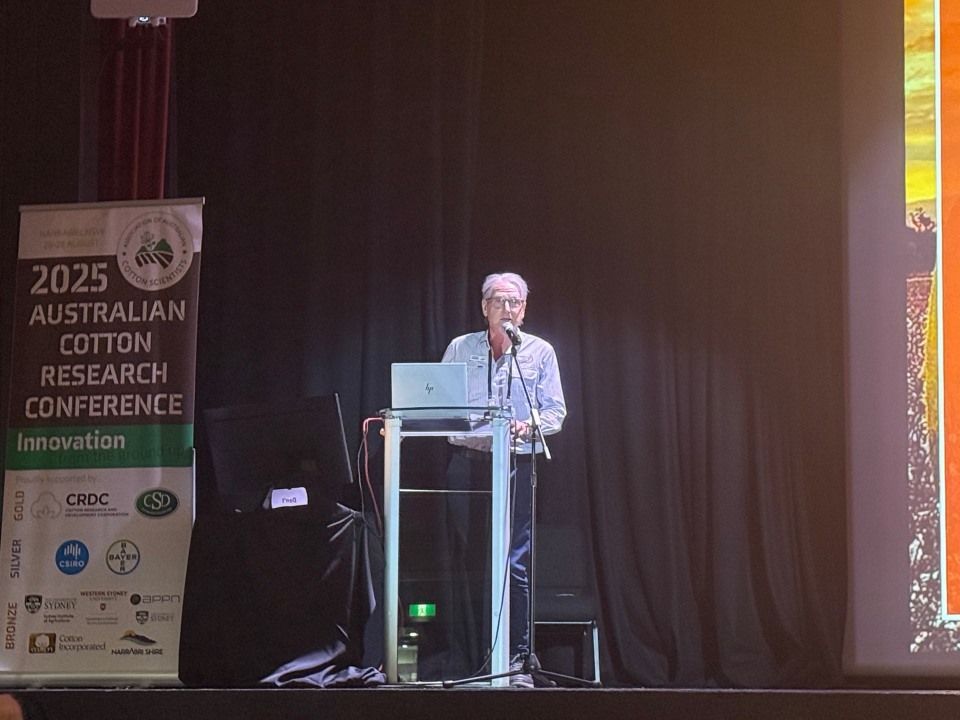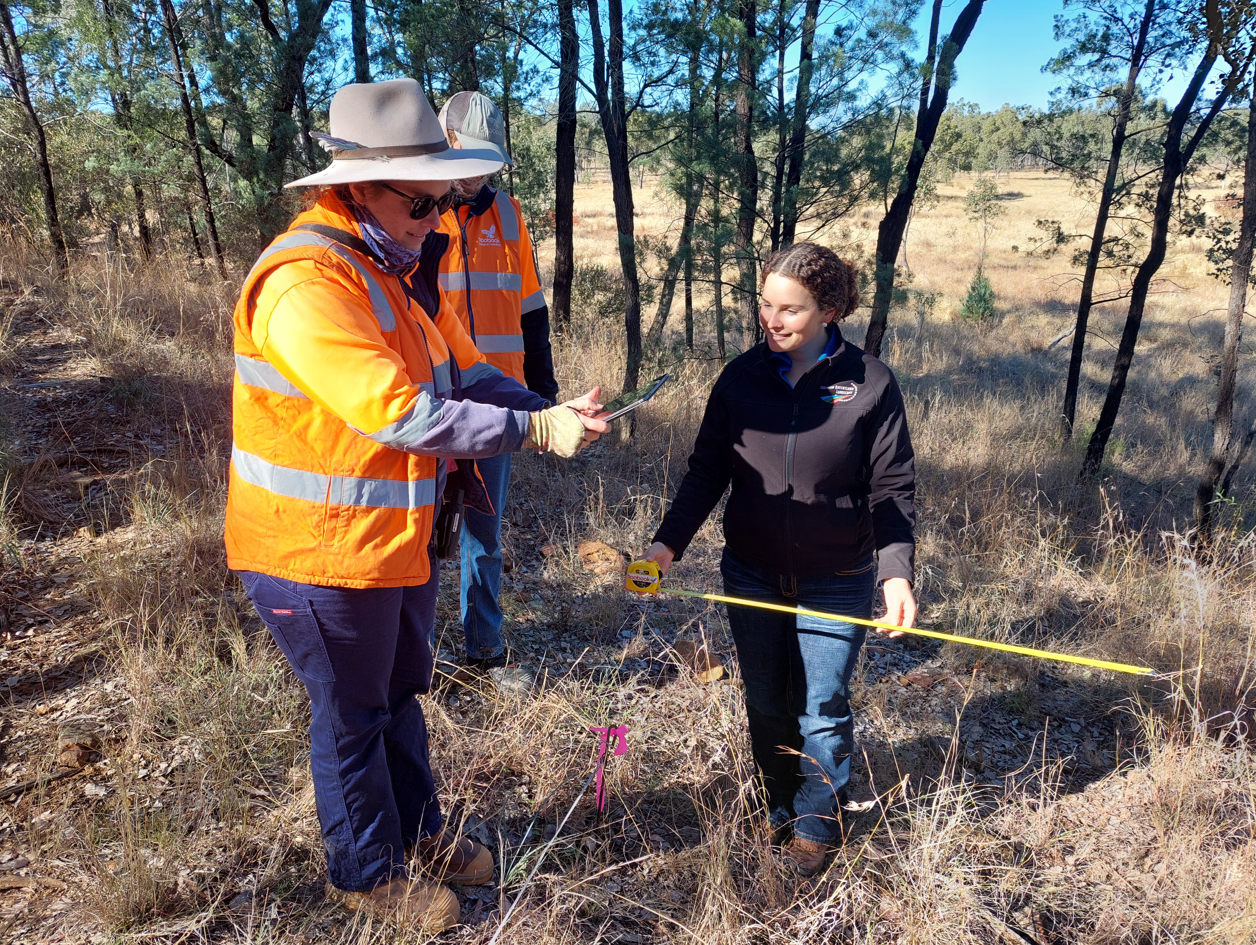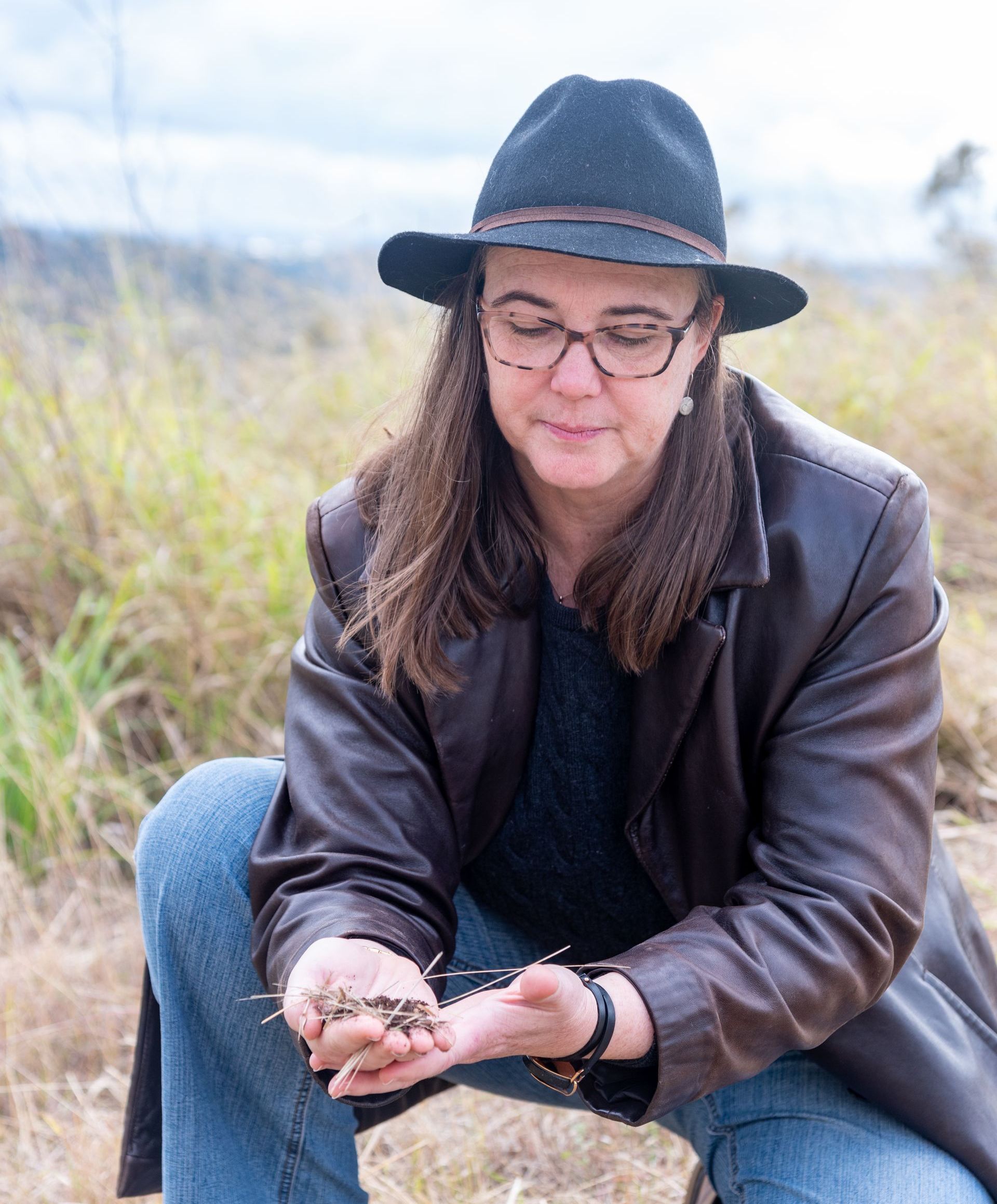Knowing where and how many wild koalas are on the Darling Downs will enable authorities to best target rescue efforts.
That’s the opinion of conservation activist and Save Mount Lofty Inc. secretary Chris Meibusch who led the Toowoomba Region Koala Count throughout November.
Earlier this year (February 2022), koalas were listed as ‘Endangered’ in Queensland, New South Wales and the ACT under the Environment Protection and Biodiversity Conservation Act 1999.
Mr Meibusch said it's hoped increased community engagement and interest in koalas through the count, which is now in its second year, will spur on conservation efforts by all tiers of government.
“This is a community-based activity and what it has shown isn’t necessarily the numbers, but rather the geographic spread of koalas,” said Chris Meibusch.
“Being more spread-out is reassuring to see as they aren’t concentrated in one single threatened region; which would make them vulnerable to development,” Mr Meibusch said.
“Spotting koalas helps us understand where to protect habitats and find links or patterns in their behaviours; but there are challenges in spotting them due to the weather and how that impacts koala habitats,” he said.
“High rainfalls means more water and nutrients for the eucalyptus trees which means greater foliage density and that makes it difficult to spot them; and of course more rain means mosquitos are everywhere so that is an added challenge for volunteers.”
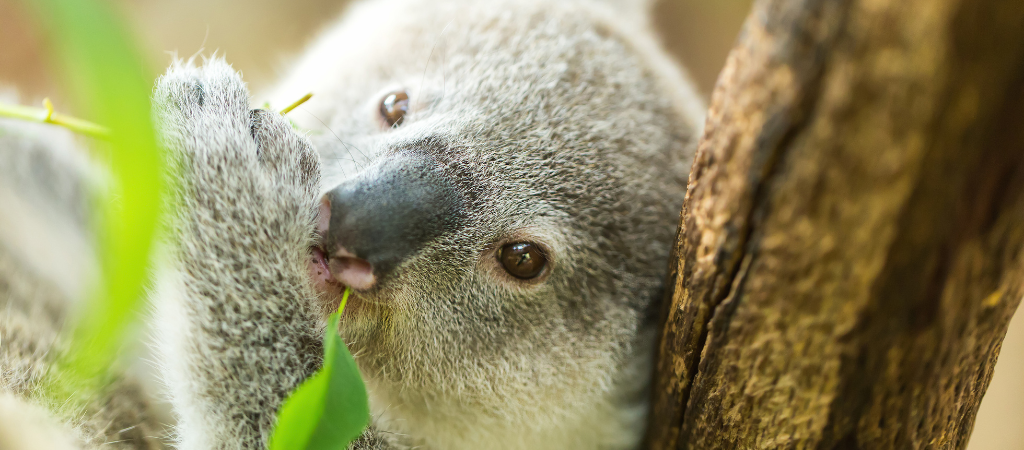
“Spotting koalas helps us understand where to protect habitats and find links or patterns in their behaviours; but there are challenges in spotting them due to the weather and how that impacts koala habitats,” Chris Meibusch said.
But Mr Meibusch isn’t deterred by mosquitoes and difficulties spotting koalas and said this year they’ve changed their strategic approach to engage more community participation through targeting schools.
“Changing our perspective from getting councils and governments involved to schools has really enabled a different look,” Chris Meibusch said.
“We are engaging all schools in the region from primary and secondary, both private and public,” Mr Meibusch said.
“Getting school kids involved is really great because they hopefully get to see a koala in the wild, have that terrific experience and then bring it home and get the parents to start thinking about conservation too,” he said.
“With these visits, the students are thinking about the impacts of climate and human destruction of koala habitat through excessive clearing and urban development which are major impacts on koala populations.”
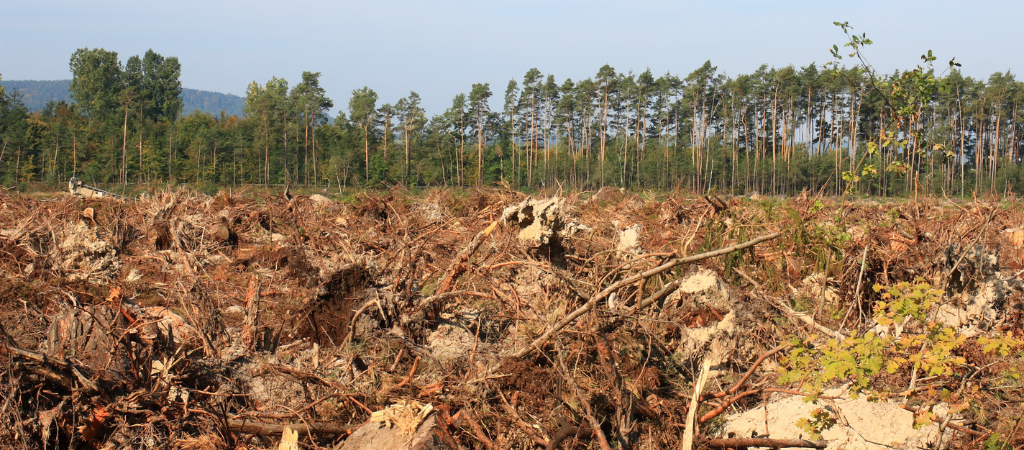
“With these visits, the students are thinking about the impacts of climate and human destruction of koala habitat through excessive clearing and urban development which are major impacts on koala populations.”
Meanwhile Southern Queensland Landscapes Conservation Detector Dog handler Tom Garrett said difficulties spotting koalas has led to new and innovative ways of locating them in the wild.
“Our dogs are trained to detect a variety of animals including invasive pests like foxes and wild dogs, but also native animals like koalas,” Tom Garrett said.
“Our Conservation Detector Dogs, Cooper and Rocky detect koala scat we find in the field and we use that to locate koalas by noting what trees it’s found under and hopefully spotting the koalas in the tree,” Mr Garrett said.
“We document what tree it is and take the scat for DNA analysis so we can learn more about the environment and health these koalas are in,” he said.
“Climate can impact our success here, as koala movement, disease prevalence, and even the toxicity of eucalyptus can be impacted by drier, hotter periods.”
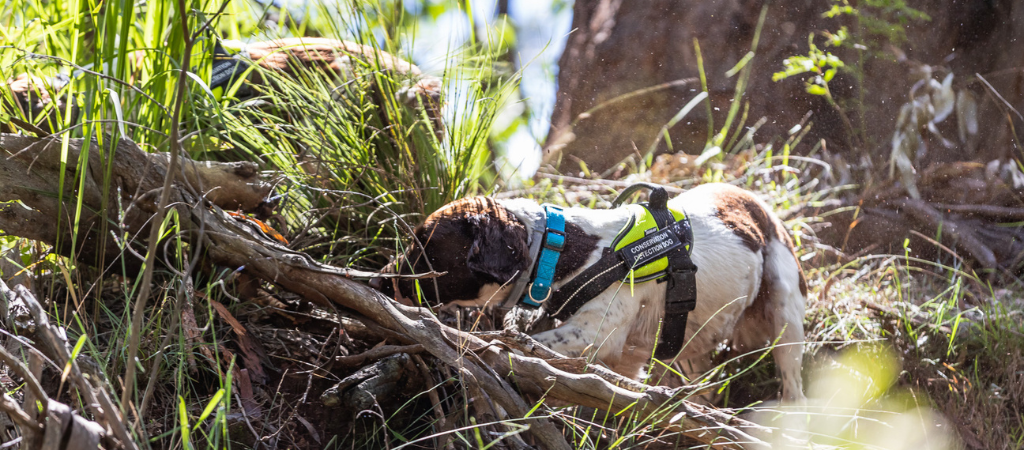
“Our dogs are trained to detect a variety of animals including invasive pests like foxes and wild dogs, but also native animals like koalas,” Tom Garrett said.
Tom Garrett said the use of Conservation Detector Dogs like Cooper and Rocky is just one new innovative way koalas are being detected in the wild.
“Right now there are trials on thermal imaging to detect koalas as they have a very specific temperature which differs from animals like possums,” Tom Garrett said.
“This will really be more prevalent in the future as it helps improve our accuracy and avoids the troubles one might have spotting koalas in difficult areas,” Mr Garrett said.
“I can very much see the detector dogs being used to locate koalas initially, gain that crucial foundation information, and then use thermal imaging to get a closer view,” he said.
“All of these practices will help us identify more areas where koalas are living, understand where they’re linked and learn more about movements or barriers to movement which is crucial for future conservation efforts.”
Thermal imaging and detector dogs are not uncommon in conservation and have been proven as a viable option in other fields, such as in pig management.
Earlier this year, SQ Landscapes began trials with thermal imaging to identify pigs in thick scrub and are comparing its effectiveness with
existing models of monitoring.
Conservation detector dogs have also been proven effective against poaching, endangered species management and illicit trade.
Tom’s partner in the conservation team, Hanington Agaba, previously worked as an Assistant Warden at the Katonga Wildlife Reserve in Uganda; which utilised detector dogs (also Springer Spaniels like Cooper and Rocky), to identify
illegal ivory trade.
To learn more about how the Conservation Detector Dog team visit:
https://www.sqlandscapes.org.au/conservation-detector-dog-program
To learn more or get involved in the Toowoomba Koala Count visit:
https://www.inaturalist.org/projects/toowoomba-region-koala-count-november-2022



